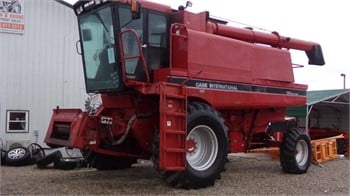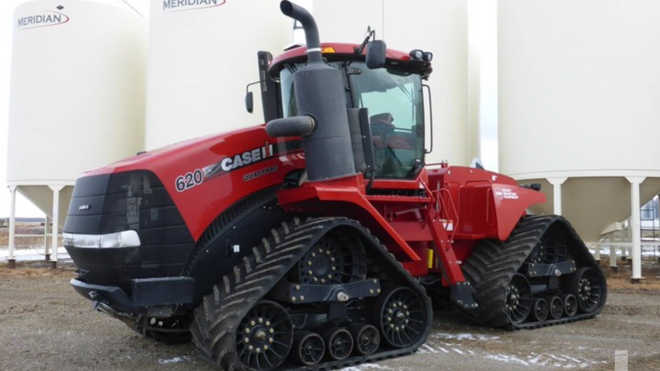nwdiver
Well-Known Member
So I challenge your stance on more taxes (even though we want the same outcome) & your retort is to bring up even more taxes. This conversation isn't going to go anywhere.
If people are throwing their trash in the street and you mandate garbage service to avoid that..... is that a tax or are you just removing a subsidy where they were able to externalize a cost?
Call it a carbon service instead of a carbon tax if you want then.... if someone puts 10 tons of carbon in the air they need to pay to have it removed.






